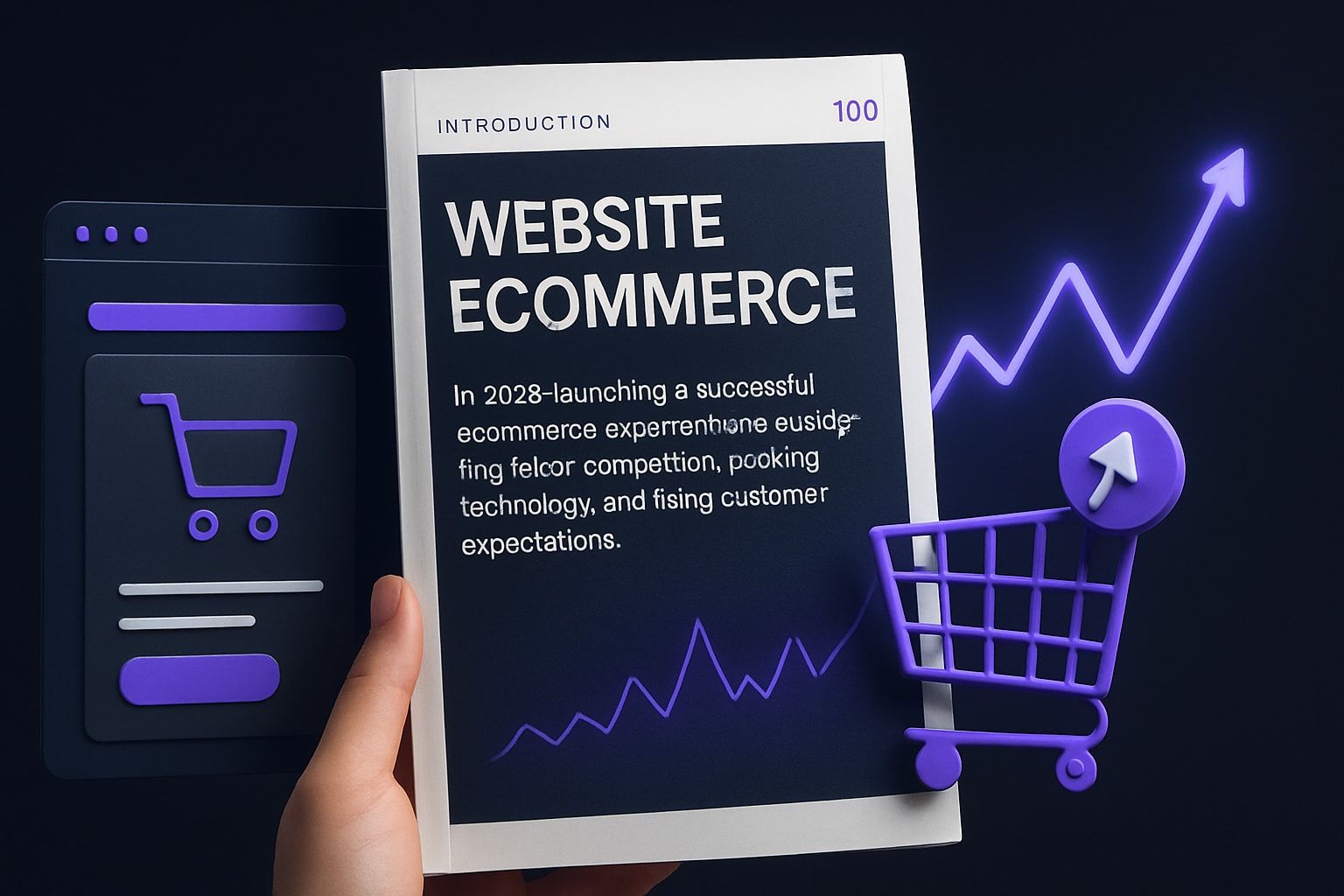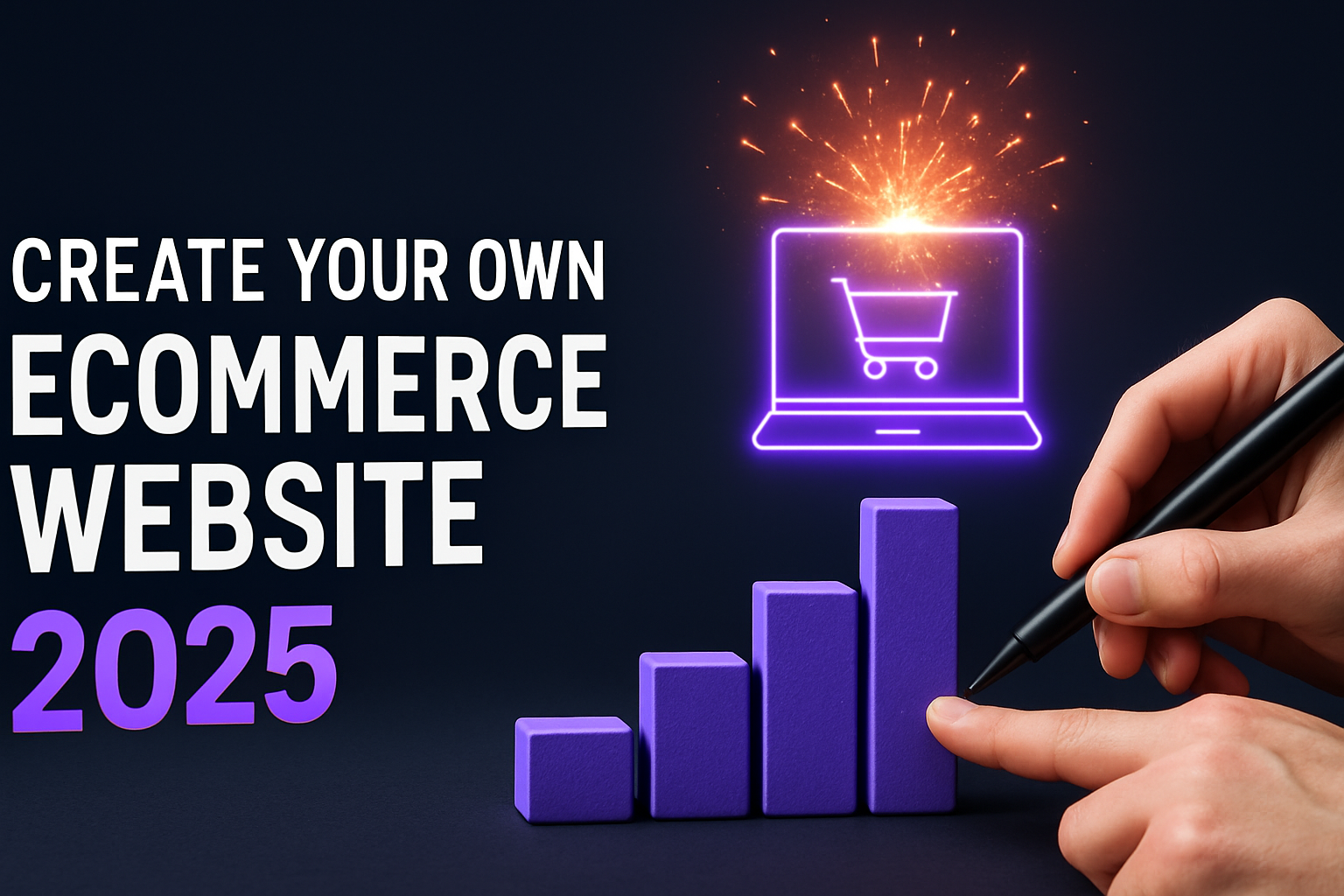Should You Encourage Your Customers to Leave Reviews?
June 7, 2022
One key strategy to attract more customers to your business, products and services – or turn casual website visitors into excited buyers – is to ask customers that have experience with you to leave a review. More than ever before, people are depending on the thoughts and experiences of previous customers when assessing the available options, especially when it comes to buying a product or service. While it may feel strange leaving your brand messaging in the hands of others, the advantages exceed any potential issues - trust us. Having positive customer reviews can boost overall trust in your business, its products, and its services like nothing else.
But a business doesn’t have to show only its rosy reviews to encourage people to purchase something. There are
studies
that suggest the probability of customers purchasing something between a 4.2 and a 4.5-star rating is higher than something with a 5-star rating. Think about your own purchasing habits - perfect scores tend appear too good to be true, right? And leave you feeling sceptical - us too.
Believe it or not, some lower ratings or negative reviews can actually be used to improve your business and overall sales. Most customers who leave less-than-stellar or mediocre ratings have no bad intentions. They are not out to “get the business,” despite how it might seem in the moment. Rather, they hope to spare their comrades any poor products or service, and raise business standards with constructive remarks.
Asking people to leave reviews accomplishes more than encouraging more sales – it cements your existing relationships. By inviting them to share their honest feedback and criticism, you’re telling customers you care what they think and sincerely want them to have an ideal experience. That goes a long way in terms of customer satisfaction and general business success.
How to ask your customers to leave a review
Today, a business’ reputation on the world wide web matters a lot to customers. With as much as
93% of people depending on reviews before making a purchase
, reviews – whether they're positive or negative – are a valuable metric for your business online. While it’s easy for businesses to obsess over negative reviews, the best approach is to simply build up the extremely positive reviews. This means asking your satisfied customers to share their experiences on the platforms you decide. Here are some tactics that will help:
1. Make it easy for customers to compose reviews
You, of course, know the ins and outs of your website, but your customers may not. Help them find their way to the right place to leave a review or add a comment to a product page. This assistance includes call-to-action buttons or links to the exact page or section, as well as any added incentives for customers to leave a review on your website.
2. Request for customer reviews early
If a customer loves their purchase, they are likely telling others all about it. The sooner you can catch them at this moment of engagement and ask them to leave a review, the better. Our tip here is to consider the time it takes for customers to receive their product order (including order processing, shipping, postage etc) and send them an email to check on how they are doing with their new product. If you’re offering a service rather than a product, allow customers a few days before checking in with them - after all, you don't want to bombard them. When you check in via email, phone call or text message, take the opportunity to also ask for a review. You're likely to get more positive reviews doing this simple task than ever before.
3. Genuinely help customers with their concerns
If a customer can’t reach you directly for help or to share a concern about their order or experience with your service, they will likely turn to third-party review sites, such as TripAdvisor, Yelp, Google Business etc, to leave a negative review. By this point, it will be much more difficult to rectify the situation.
So how do you prevent this from happening? Offer a few ways customers can get in touch with you, and be responsive. Openly reach out, via email or phone call, to check if there’s anything you can do, and let them know you are happy to do everything you can to improve their experience with you and your business. This will boost your customer’s experience, ideally enough for them to tell others.
4. Encourage organic customer reviews
Incentives, such as discounts and upgrades, are sometimes used to get customers to leave positive reviews. However, we warn against influencing a customer’s review this way– marketing specialists often consider this an unethical practice and you run the risk that other customers may act against it.So do not try too hard or provide incentives for reviews. An excessive number of reviews received within a short time frame can often look shady, which can lead to reviews or brands getting dismissed and filtered out.
Adding a starring system (one to five stars) and the option to leave a comment is a great way to gather organic customer reviews. Most customers are likely to give something a star rating more than an actual piece of text as it is more convenient and less time-consuming - so though it's not a full review, it still works in your favour as potential customers will look at the star rating your products and service receive, as well as the text reviews.
5. Share your customer reviews
Are there customer reviews that you’re especially proud of? Reviews that perfectly represent your business, values and how you priorities your customers? Share them! You can set up a whole page on your website devoted to your favourite reviews or create a category for customer reviews on the company blog. Adding feedback to your website shows you truly care about your customers, and will also encourage them to leave a reviews and possibly form a community with other customers.
We also recommend that you share your customers reviews on social media. That kind of social proof will work wonders on your online reputation, we promise.
6. Engage with customers on review sites
We’ve seen a massive rise of online review sites encouraging customers to share the experiences they’ve had with different companies, from restaurants and hotels to estate agents and mentors. You go for a meal and we guarantee you're asked by your waiter to leave a review or on the bill/receipt there is often a QR code to scan, that directs you to their favoured review site.
Some of these sites allow the businesses to communicate with the customers. This provides a direct opportunity to interact with customers, thanking them for their positive reviews and addressing any negative ones. This works in your favour and links nicely back to point 3 - having a genuine interest in your customers concerns that you hear what they say on another website and will action anything you can to resolve the situation at hand.
7. Ask for quality over quantity
What your customers' reviews say matters more than how many you receive. If they leave a review that’s detailed and specific, your business will only need a few of them. On the other hand, if they are short and do not explain much, it’s probably best to ask for more. Frequently receiving reviews is always beneficial and ideal for your business, not big waves of reviews only coming in now and again
Conclusion
It all comes down to the way your business treats its customers, that's the a big factor in its success – and having these customers share their positive views/ experiences is an excellent way to improve brand awareness and gain customers. So encourage your customers to rate and review your products and services, and see just how much it will benefit you and your business.
Start building your new website today
No credit of debit card required start building today

By Pietro Saman
•
October 26, 2025
The digital world is evolving at lightning speed, and standing out online is tougher than ever. In 2025, only those who adapt quickly and make smart choices will see their websites rise above the noise. This guide is your roadmap to success. We break down every step you need for your site to thrive, from strategy and planning to design, content, technology, SEO, and ongoing growth. Ready to face the future? Let’s dive in and turn your site into a leader. Take action with each step and watch your results grow. Step 1: Define Your Website’s Purpose and Audience In the fast-paced world of 2025, clarity is the foundation of web success. Before you dive into building your site, take a step back and ask: What is the true purpose of your site and who are you trying to reach? Getting these fundamentals right will set your site up for measurable growth and lasting impact.

By Pietro Saman
•
October 2, 2025
In 2025, the global website ecommerce market is booming, offering unprecedented opportunities for new businesses. With so many brands competing for attention and technology evolving rapidly, standing out requires more than just launching a store. A strategic approach is essential if you want to thrive and grow. This guide is packed with actionable steps and expert insights tailored for website ecommerce success in 2025. You will learn how to choose the right platform, design for trust and conversion, optimize for mobile and SEO, streamline your operations, and future-proof your store. Follow along to build, launch, and grow your website ecommerce business with confidence. Step 1: Defining Your Ecommerce Vision and Strategy Launching your website ecommerce journey starts with a clear vision and a detailed strategy. Before you build, it is essential to define who your business serves, what you sell, and how you plan to stand out. Let us break down the foundational steps that will shape your path to ecommerce success.


